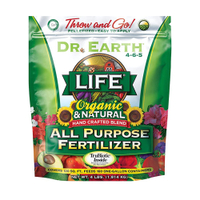When to fertilize strawberries – expert tips to get the timing right for bigger harvests
Feeding your strawberry plants at least twice a year can help boost your crops
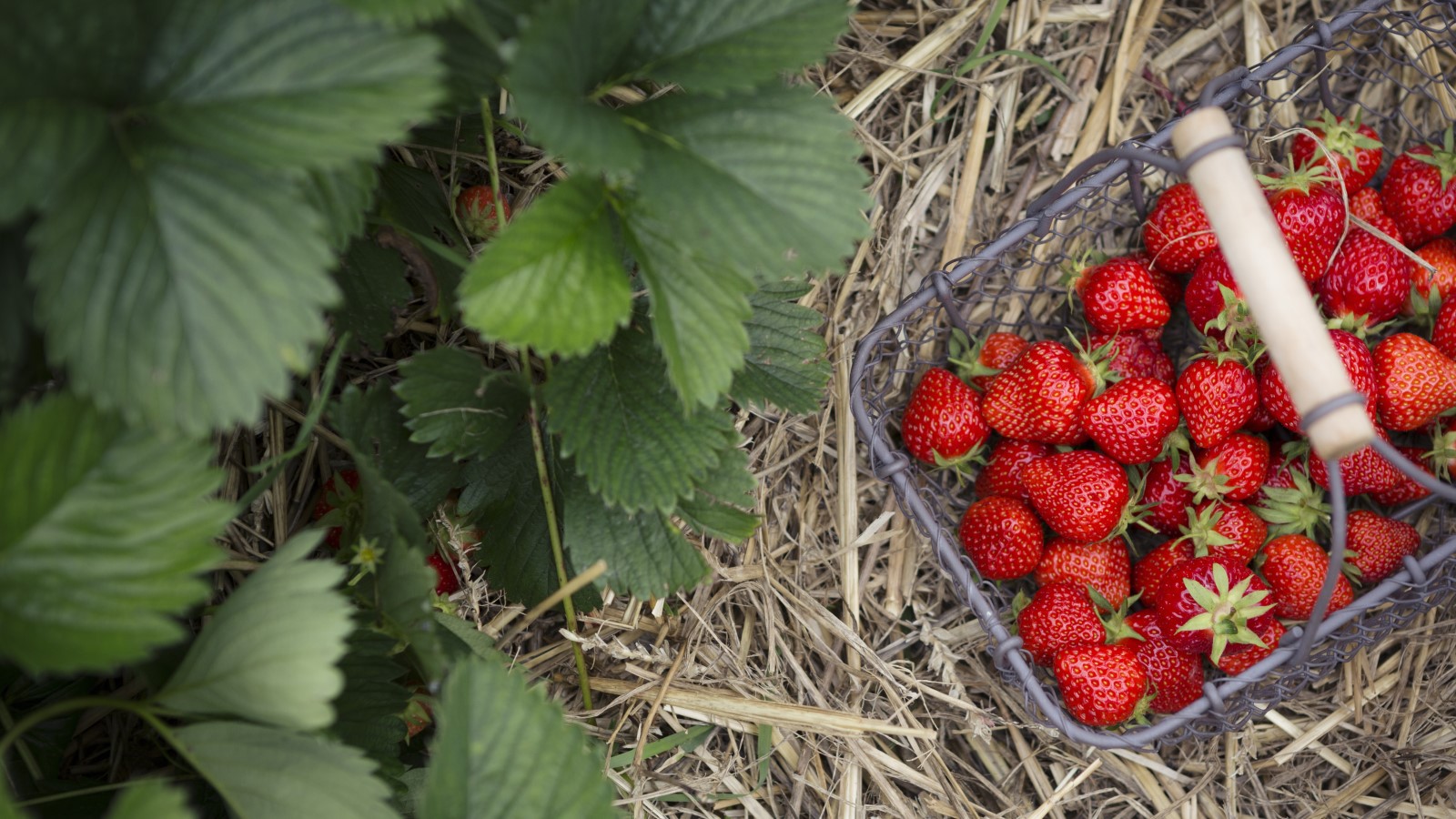

Strawberries are a crop that always evoke thoughts of summer sun and you can maximize any potential harvest by making sure to properly fertilize your plants
Knowing how and when to fertilize your strawberries will ensure they grow strong and healthy and provide you with a veritable bounty of delicious juicy fruits in early summer for use in jams, desserts, or just to enjoy freshly picked in the yard.
A key part of learning how to grow strawberries is remembering to fertilize them. By choosing the right fertilizer and applying it at the correct time your plants will be happy and you will be rewarded come harvest time.
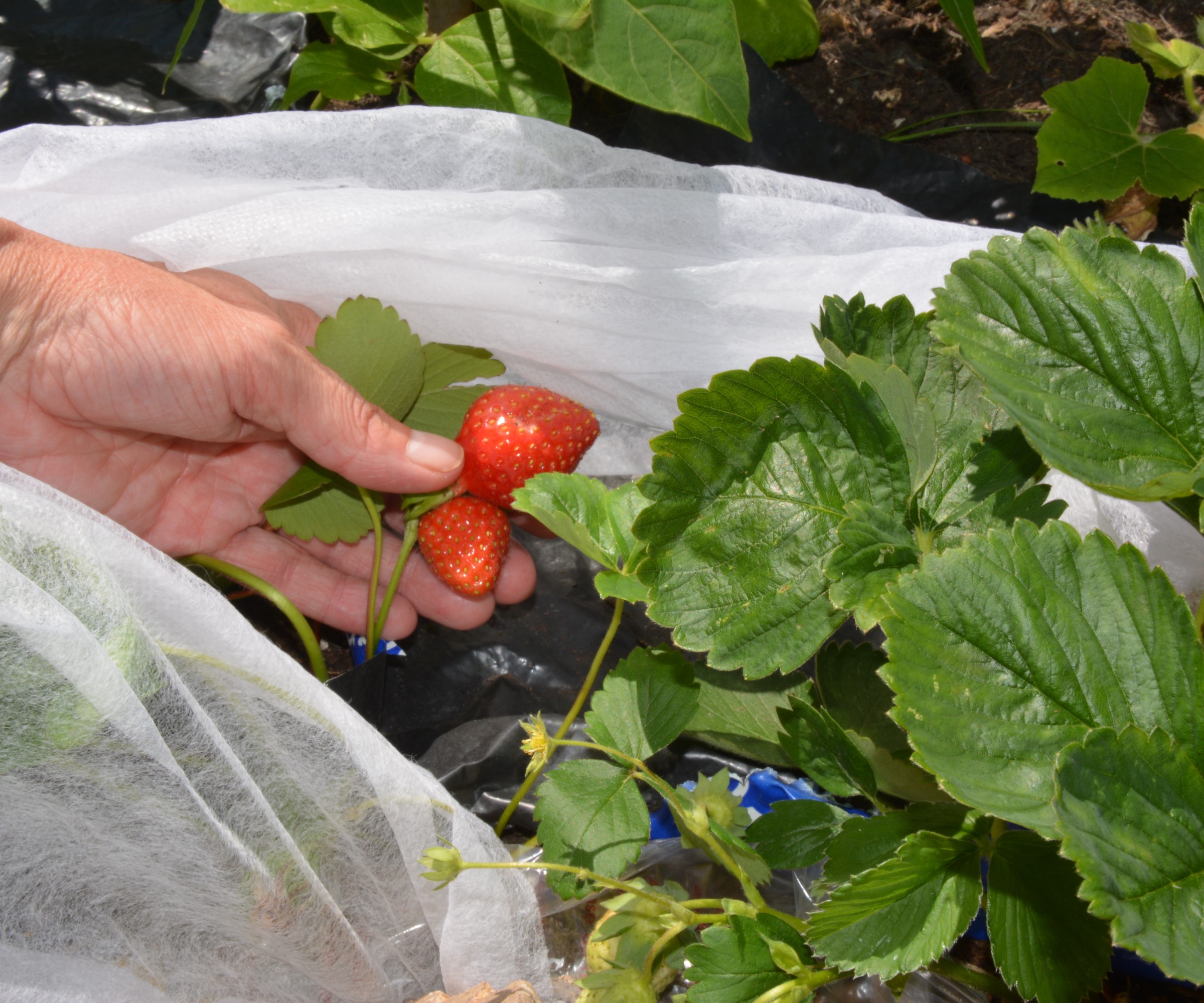
Strawberries are highly-productive plants and heavy feeders

Drew is a former professional gardener in the UK who worked in productive kitchen gardens growing fruit, vegetables, and herbs for chefs. He has grown, maintained, and harvested many different varieties of strawberries – both growing indoors and outdoors – in the gardens.
When to fertilize strawberries for best results
There are two main times of year to fertilize strawberries, in early spring and fall. These are the prime times when the plants need a boost of growth and will benefit most from the extra nutrients.
Strawberry plants start producing new growth when the soil temperature reaches around 50˚F – and adding fertilizer at that time gives them the nutrients they need to produce flowers and a high yield of delicious fruits.
Nathan Heinrich, a former propagation manager in California who now runs a botanical design company, says: ‘For a bumper crop of strawberries, start fertilizing in early to mid-spring.
‘Because your strawberry plants are expending so much energy growing leaves, roots, flowers, and berries in such a short period of time it is important to keep them fed with plenty of fertilizer starting in late March to early April.’
Nathan, who grew up on a farm in California that cultivated strawberries, adds that if you plant your strawberries in late winter or early spring, then fertilizer should be added ‘as soon as you notice' any new growth occurring. You can also plant strawberries in late summer into early fall, and new plants going into the ground then should be fed with a general fertilizer at the time of planting to encourage them to put down strong roots.
Strawberries that are planted in hanging baskets, pots or containers, need extra attention and have to be fed at least every week throughout the growing season. Start this regime once they come into flower, and feed them with a high-potassium general fertilizer every week or fortnight.
The plants also benefit from another dose of fertilizer after they have finished fruiting and the last berries have been eaten, or you have planned how to store your strawberries and picked the plant clean. This will encourage root and leaf growth and ensure the plants are healthy enough for a good crop the following season.
You can buy strawberry plants from Burpee or Nature Hills.
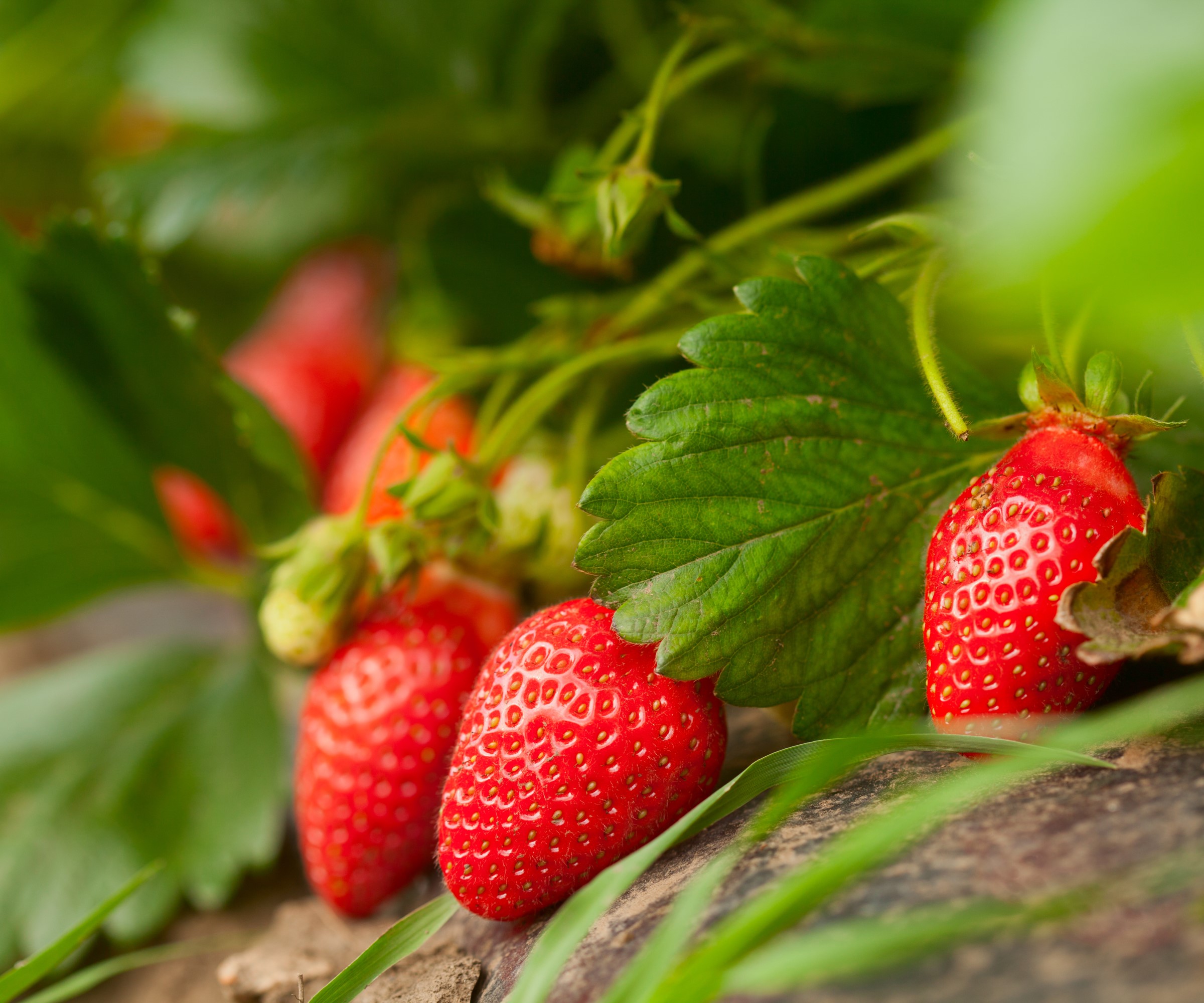
Proper fertilizing can promote bigger fruits and in larger numbers
How to fertilize strawberries
Fertilizers for strawberries tend to come in dry or liquid forms and both can be applied in either spring or fall. All fertilizer should be applied at a rate recommended by the manufacturer as giving your plants too much of any feed can harm your plants. If you over-fertilize plants, it can burn the plant’s roots and it can be fatal.
Granular fertilizers can be spread by hand around your vegetable garden beds or containers and need to be watered in well after applying. Take care to avoid the granules touching the leaves or stems of the plants as it can cause them to burn.
Liquid fertilizers are usually added to a watering can and then watered into the soil around the plants carefully, avoiding splashing the foliage as much as possible.
It is recommended that you clean your strawberries after picking them, to ensure that any soil, fertilizer, or other potential harmful substances are removed from the fruit prior to enjoying.
Choosing the right strawberry fertilizer
The best fertilizer for strawberry plants is a balanced one with an equal ratio of nitrogen, phosphorus, and potassium. It is important to understand a plant fertilizer label when deciding on feed for your plants, and the packaging will refer to those three nutrients as NPK. A balanced fertilizer will have an equal ratio of NPK, marked as 10-10-10 or 20-20-20 for example. This will provide your strawberry plants with all the vital nutrients they need for strong growth, healthy roots and good cropping of fruit.
If you wish to grow your strawberries without chemicals, there are organic fertilizers available that can give your plants all the nutrients they need. These include the likes of seaweed, bone meal, or chicken manure pellets. Homemade compost or well-rotted manure are also great options for strawberries as they provide all the nutrients required and release them to the plants over a long period of time.
Dr. Earth All Purpose Fertilizer | $17.50 from Amazon
This balanced fertilizer has a fairly even split of nitrogen, phosphorus, and potassium, making it a good option for your strawberry plants. If you prefer to garden using eco-friendly methods and products, this is a suitable organic choice for your plants too.
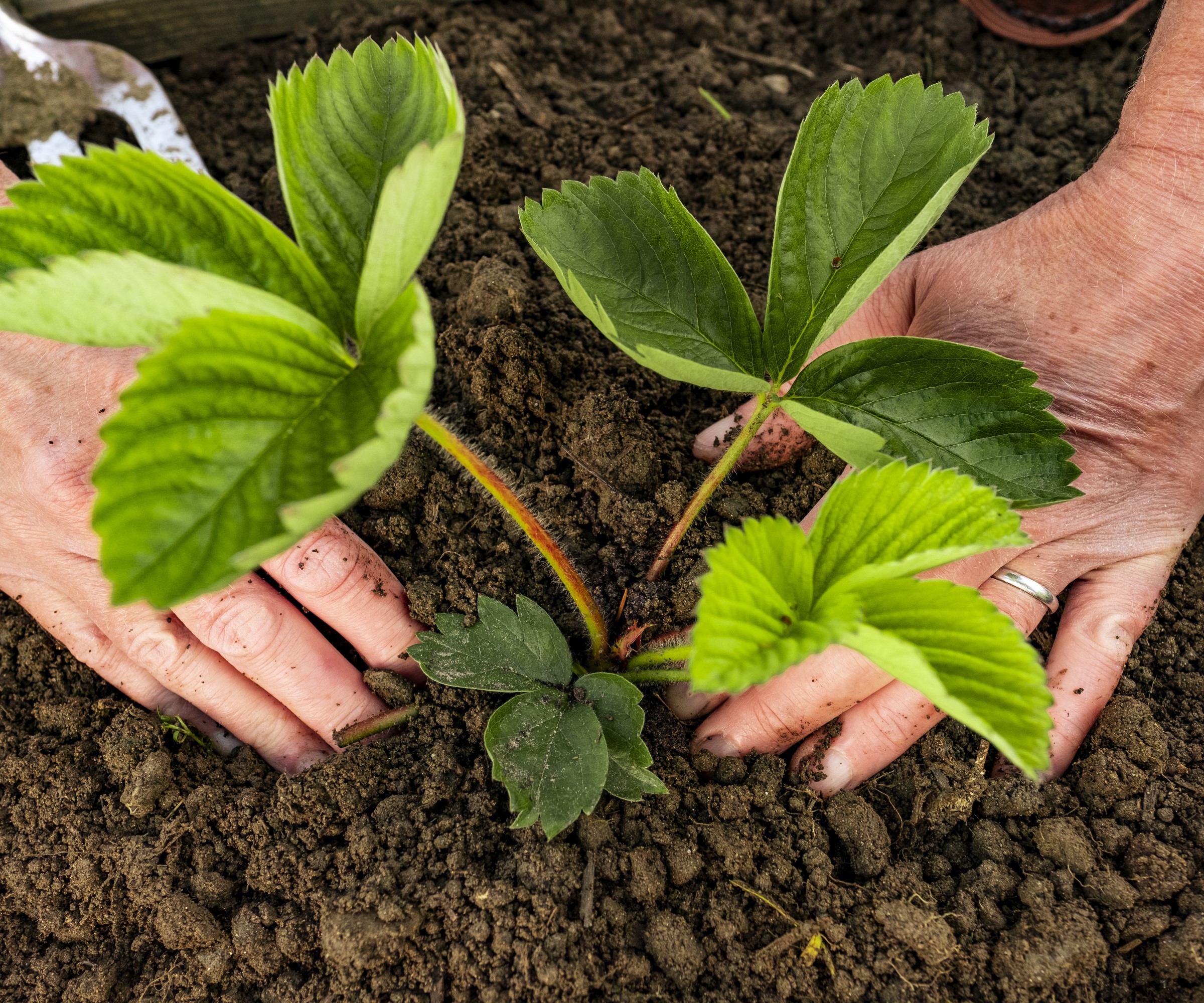
Young strawberry plants benefit from fertilizer to put out strong roots
FAQs
Can you use tomato fertilizer on strawberries?
A tomato fertilizer is rich in potassium and that makes it perfectly suitable for using on strawberry plants. Such a feed on strawberry plants that are growing in pots or containers every week or two from early spring onwards will boost flowering and the setting of fruit.
An example of such a tomato fertilizer is Jobe's Organics Tomato Slow Release Plant Food available from Amazon. Though, any fertilizer designed for usage if you are growing tomatoes will be ideal for using on any strawberry plants.
Is Miracle Gro good for strawberries?
There are several Miracle Gro fertilizer products that are suited for strawberries. This includes the Water Soluble Tomato Plant Food available at Walmart that is a high-potassium feed ideal for plants in containers. Another very suitable product is the Shake 'N Feed Tomato, Fruit & Vegetable Plant Food available at Amazon – a multi-purpose fertilizer with an NPK of 10-5-15 that can provide strawberry plants with all the nutrients they need for healthy growth.
Sign up to the Homes & Gardens newsletter
Design expertise in your inbox – from inspiring decorating ideas and beautiful celebrity homes to practical gardening advice and shopping round-ups.

Drew’s passion for gardening started with growing vegetables and salad in raised beds in a small urban terrace garden. He has worked as a professional gardener in historic gardens and specialises in growing vegetables, fruit, herbs, and cut flowers as a kitchen gardener. That passion for growing extends to being an allotmenteer, garden blogger, and producing how-to gardening guides for websites. Drew was shortlisted for the New Talent of the Year award at the 2023 Garden Media Guild Awards.
-
 5 surprising but brilliant ways to clean with old socks – from perfectly buffing stainless steel to deterring pests naturally and more
5 surprising but brilliant ways to clean with old socks – from perfectly buffing stainless steel to deterring pests naturally and moreTackle dust in tricky corners, clean your mirrors and even banish bad odors with those rogue single socks
By Andy van Terheyden Published
-
 How to grow astilbe – expert advice on cultivating this shade-tolerant flowering perennial
How to grow astilbe – expert advice on cultivating this shade-tolerant flowering perennialShade-tolerant and pest-resistant - astilbe are hardy and tough perennials that can thrive in many settings
By Ellen Wells Published
